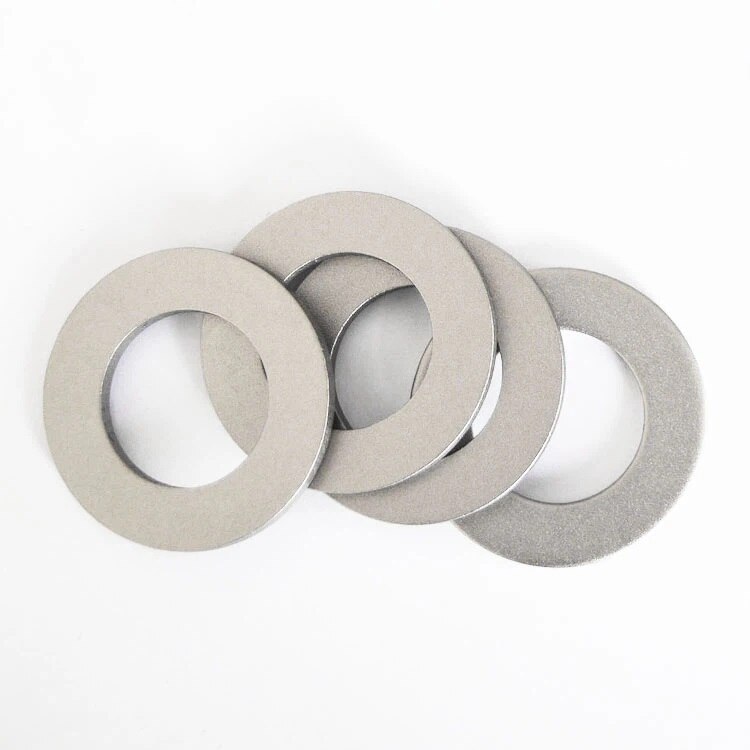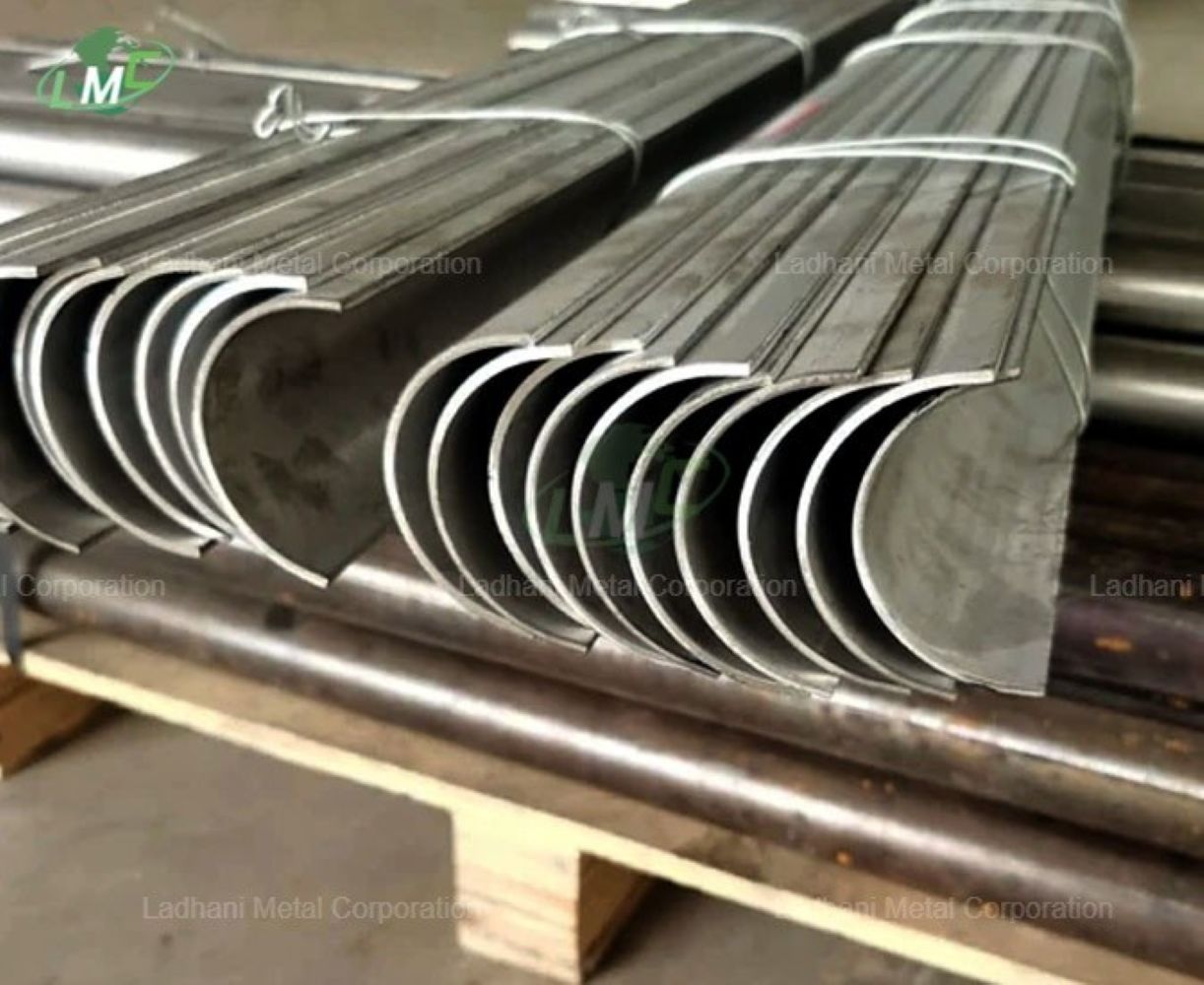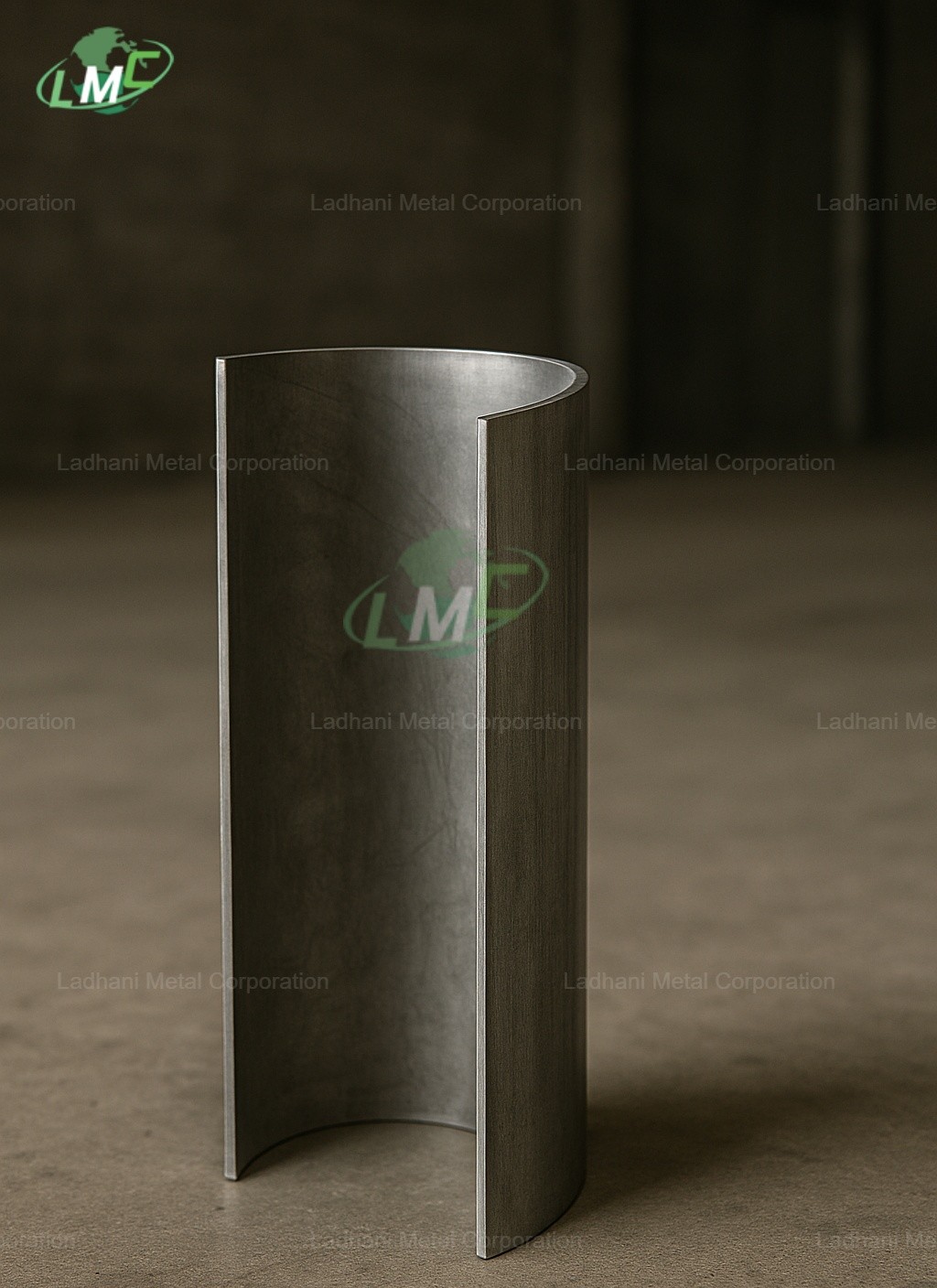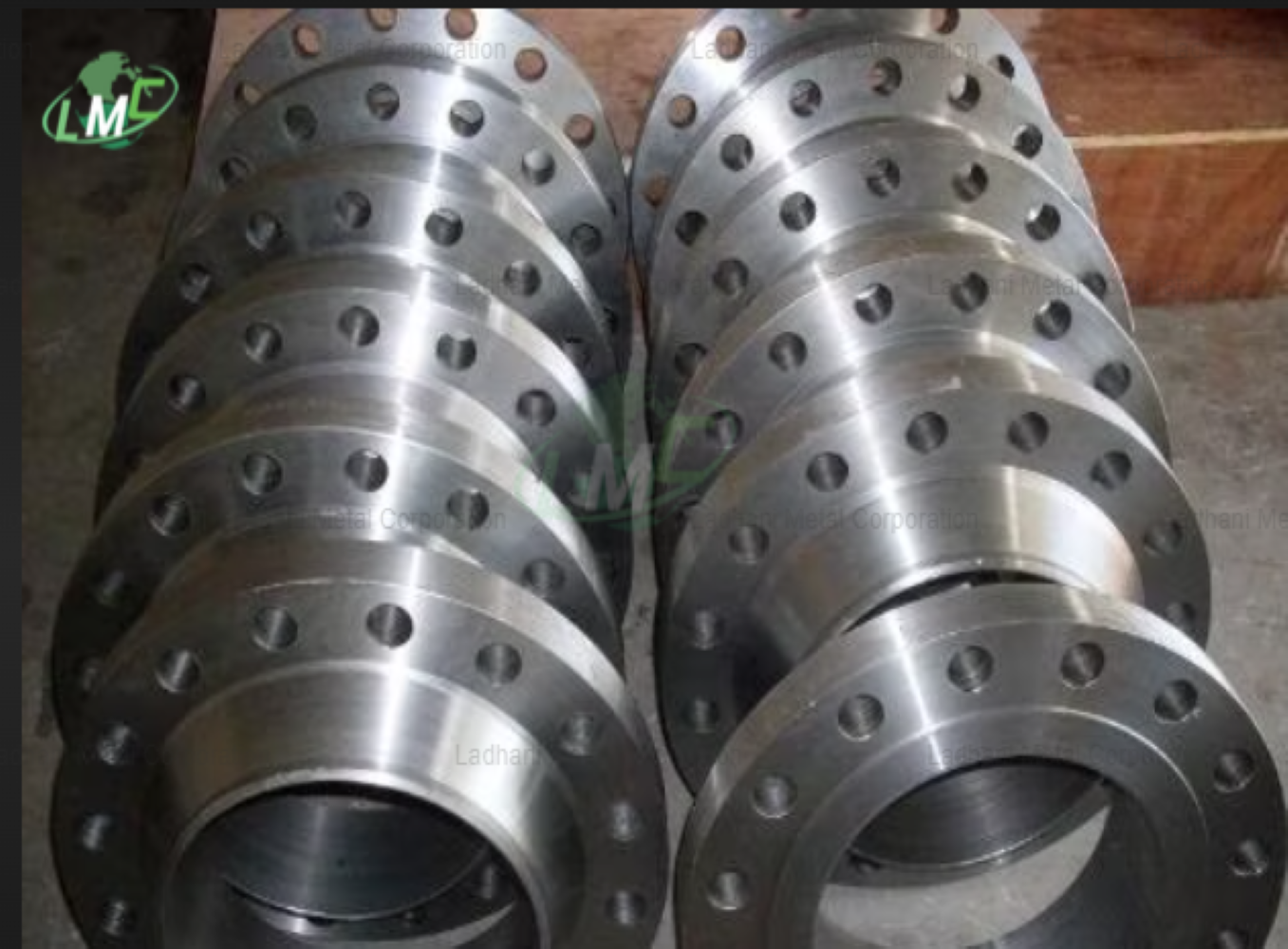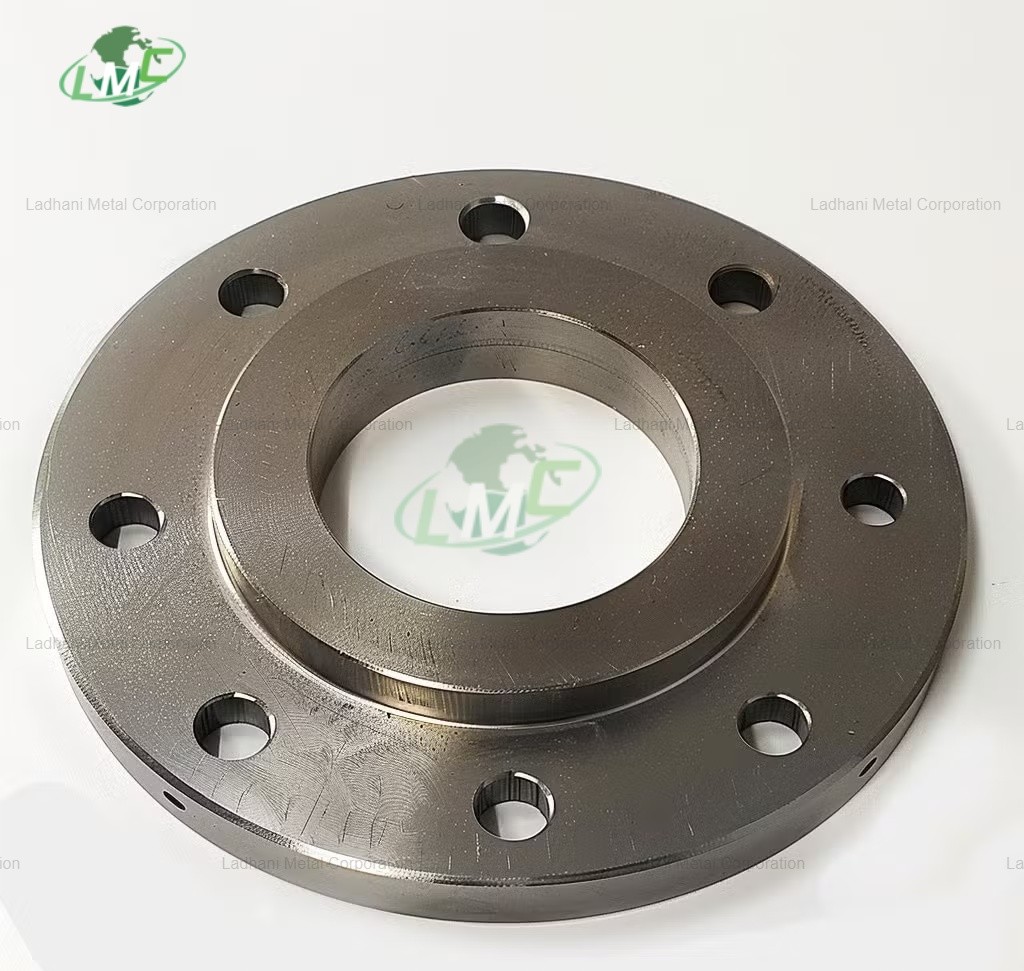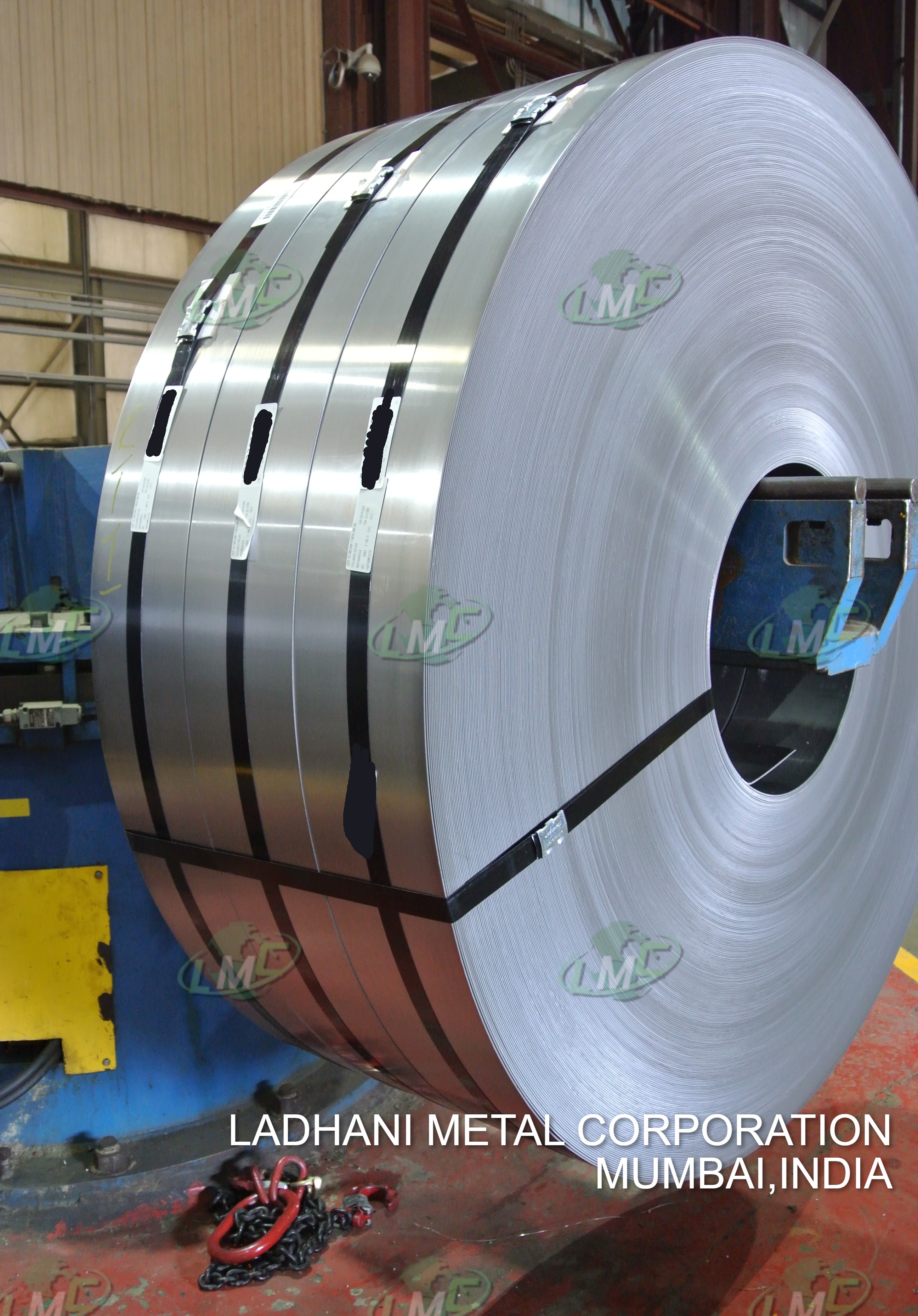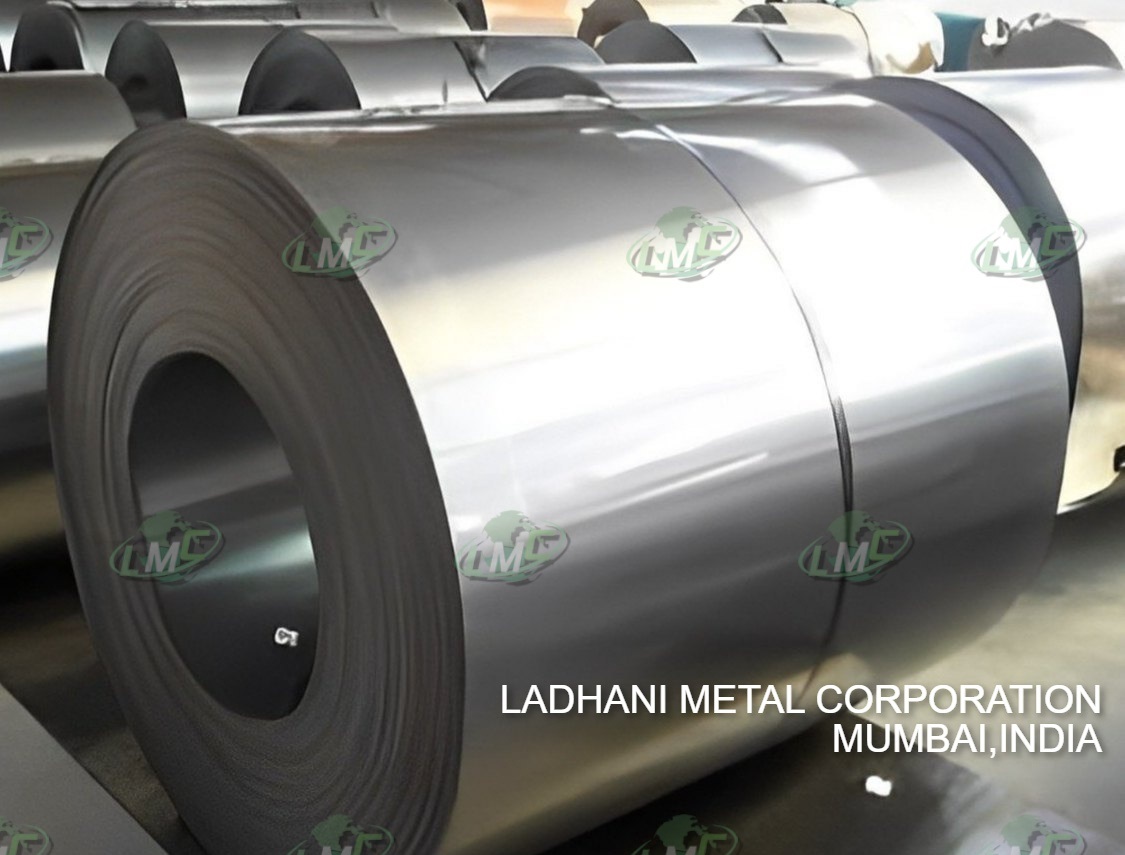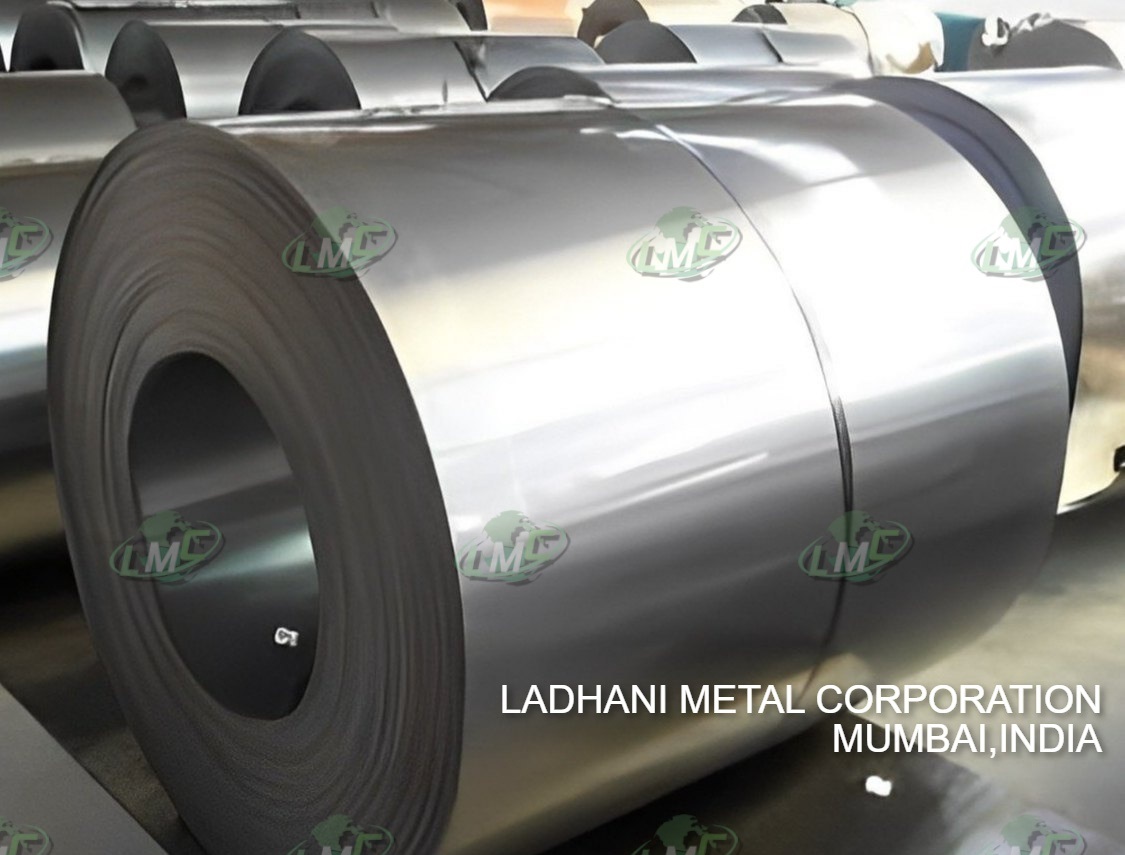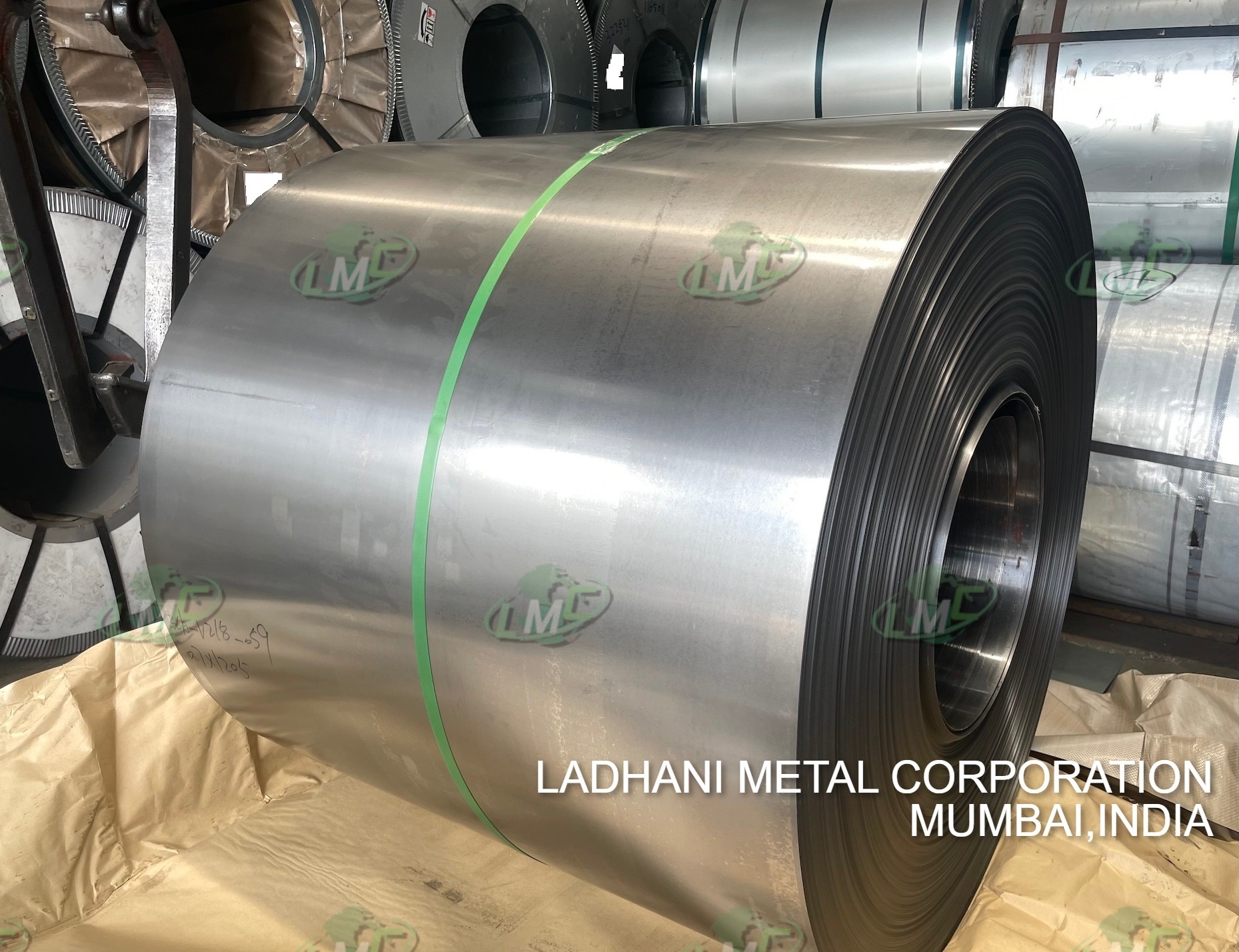Carbon Steel Flanges
DIN 2568 Carbon Steel Flanges PN 64 are robust threaded flanges manufactured from high-strength carbon steel, specifically designed to deliver reliable performance in high-pressure industrial systems. Produced in accordance with DIN 2568 specifications, these flanges offer excellent mechanical strength, thermal conductivity, and impact resistance, making them well-suited for demanding applications in oil and gas, petrochemicals, water treatment, mechanical construction, and power generation.
Ladhani Metal Corporation is a trusted manufacturer and exporter of carbon steel flanges, offering products that comply with international quality standards and dimensional tolerances. The threaded design enables quick, weld-free installation and removal, making these flanges ideal for systems requiring ease of maintenance and rapid assembly.
Pressure Rating:
• PN 64 (64 bar / 928 psi): Engineered to withstand high-pressure environments and thermal variations in critical industrial applications.
Flange Types:
• Threaded (Screwed) Flanges
Enable efficient installation without welding, ideal for systems requiring regular inspection or maintenance.
• Raised Face (RF) Flanges
Improve gasket sealing by concentrating pressure at the gasket area, ideal for high-pressure applications.
• Flat Face (FF) Flanges
Used in systems involving flat mating surfaces, particularly with brittle or non-metallic equipment.
• Forged Threaded Flanges
Provide excellent mechanical properties, dimensional accuracy, and durability under load.
• Custom-Machined Flanges
Available in various sizes, sealing surfaces, and material grades as per customer requirements.
Available Carbon Steel Grades and Composition:
1. ASTM A105 (Forged Carbon Steel)
Composition:
• Carbon (C): ≤ 0.35%
• Manganese (Mn): 0.60 – 1.05%
• Phosphorus (P): ≤ 0.035%
• Sulfur (S): ≤ 0.040%
• Silicon (Si): 0.10 – 0.35%
Applications:
Widely used in valve, pipe, and fitting assemblies in oil and gas, power, and chemical systems due to its strength, toughness, and weldability.
2. ASTM A350 LF2 (Low-Temperature Carbon Steel)
Composition:
• Carbon (C): ≤ 0.30%
• Manganese (Mn): 0.60 – 1.35%
• Phosphorus (P): ≤ 0.035%
• Sulfur (S): ≤ 0.040%
• Silicon (Si): 0.15 – 0.30%
Applications:
Ideal for cryogenic and low-temperature pressure systems such as pipelines, storage tanks, and vessel components operating in sub-zero climates.
Applications of DIN 2568 Carbon Steel Flanges:
• Oil and Gas Industry
Utilized in upstream and downstream operations, including high-pressure pipelines, wellheads, and separators.
• Power Plants
Used in steam, cooling water, and high-pressure boiler systems.
• Water and Wastewater Management
Suitable for potable water lines, sewage treatment facilities, and utility piping systems.
• Petrochemical and Refining
Applied in process piping that handles non-aggressive or mildly corrosive fluids.
• Mechanical and Structural Installations
Common in HVAC systems, pressure vessels, and general mechanical piping networks.
Key Features:
• Manufactured as per DIN 2568 standard
• Rated for PN 64 high-pressure applications
• Excellent strength, impact resistance, and thermal conductivity
• Threaded connection ensures quick and easy, weld-free assembly
• Cost-effective and durable solution for industrial infrastructure
• Supplied with test certificates, inspection reports, and full traceability
• Compatible with galvanizing, coating, or welding processes as required
Conclusion:
DIN 2568 Carbon Steel Flanges PN 64 from Ladhani Metal Corporation are engineered for high performance in critical industrial environments. Offering high pressure resistance, mechanical durability, and easy installation, these flanges are an optimal solution for a wide range of piping systems. For custom sizes, material options, or technical consultation, contact Ladhani Metal Corporation today.
Send
Message

